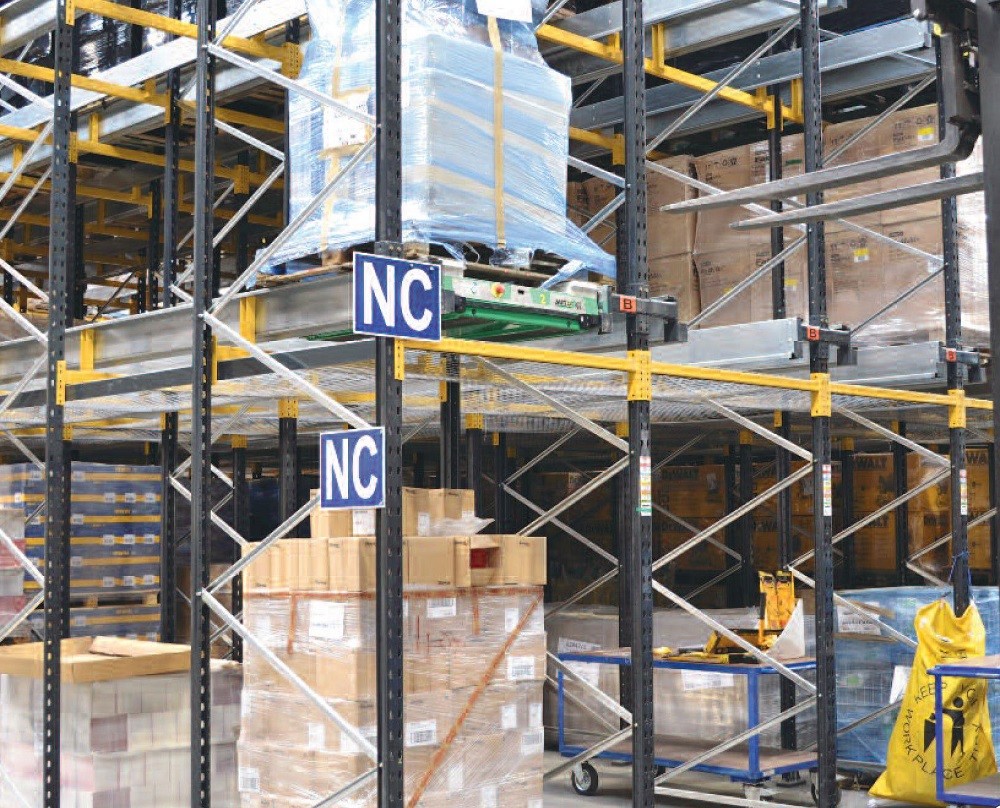
Warehouse Management 101
As your business grows it is very likely that you will need to add additional warehouses, or perhaps expand an existing one. It may well be that you are opening up in new locations in order to increase your operations, or simply that while you can run your business from one office, it becomes more cost-effective to have additional warehouses to better serve customers in different localities.
There is a lot of thought and logistical effort that needs to go into managing one warehouse, let alone several, and the management of one is very different from that of two, three, or a dozen. There are a number of things to think about when planning a warehouse, not the least of which is to make proper use of every last inch of floor space. If you think of your warehouse as an empty box you can see that it is possible to fill the box right to the top by using pallet racking and fork lifts and thus make the most efficient use of space.
There are also a number of ways to efficiently organise your stock. One way is to place quick selling items that have a high volume close to the receiving area while items that have a lower volume can be placed further away. If you have items that customers often order together you can site them next to each other.
Barcode scanners are another efficient way of tracking your inventory and you can use them in several ways in the warehouse which will save you time, and therefore money. You can actually download some inventory trackers on to your mobile or tablet as an app now, which turns it into a barcode scanner so you don’t need to buy one.
An Additional Warehouse Makes Things More Complicated
Of course, as your business expands and you need to open another warehouse, things become more complicated. Certainly, you can save money on transport costs by opening a warehouse in a location where you have more customers, but you will soon find that your requirements and sales figures can be very different from your first warehouse. Customers at the new location may prefer one product over another so you may find that products that you have in stock in warehouse 1 have sold out in warehouse 2. The more warehouses you have, the more difficult it becomes, so you need to track your inventory extremely carefully in order to ensure that you do not suffer from lack of stock in one location or too much in another.
Manual Control
Some businesses rely entirely on manual inventory control, but that can lead to real problems because it is being done by people. People make mistakes and may enter data incorrectly, forget to enter it at all, miscount things, and worse. One way to overcome these problems is by using inventory control software which will reduce the risk of human error, save money on labour, and correctly record sales and shipping. Everyone in the office will have access to the inventory information, and the software can be set to re-order items automatically so that you don’t run out of stock in any of your warehouses. At the same time it can ensure that you don’t carry too much stock of an item that does not sell so fast.
Inventory control software is not necessarily cheap but it can pay for itself in quite a short period of time. In most businesses the inventory is the biggest single investment and anything that you can do to streamline procedures and make sure that you do not overstock items, while at the same time ensuring you have enough in the right places at the right time to keep your customers happy, can only be of benefit to your bottom line.

